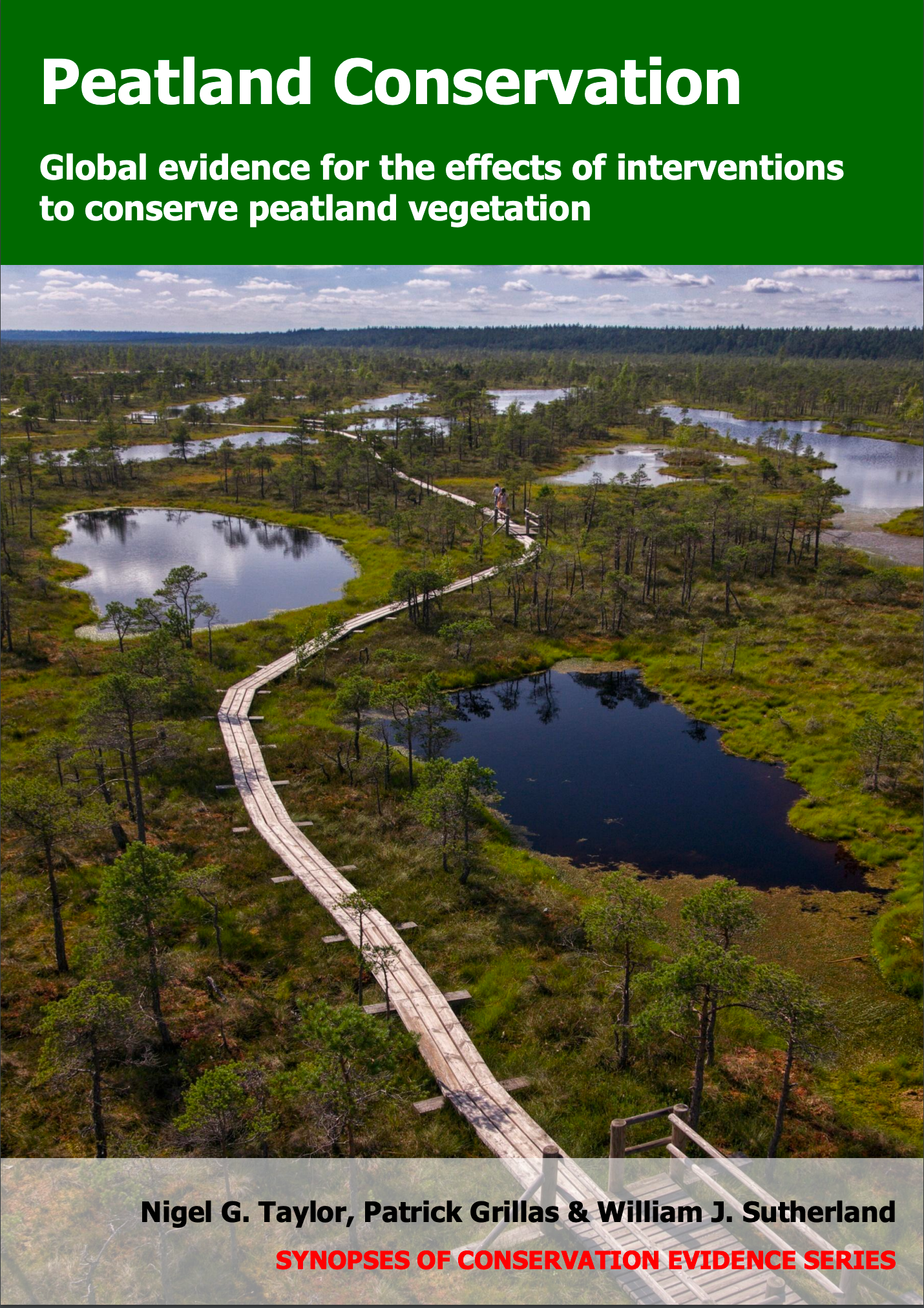Introduce an organism to control problematic plants
-
Overall effectiveness category Unknown effectiveness (limited evidence)
-
Number of studies: 1
View assessment score
Hide assessment score
How is the evidence assessed?
-
Effectiveness
40% -
Certainty
20% -
Harms
15%
Study locations
Supporting evidence from individual studies
A controlled, before-and-after study in 1994–2012 in a degraded fen meadow in Belgium (Decleer er al. 2013) found that a plot sown with parasitic marsh lousewort Pedicularis palustris developed a different plant community to unsown plots, less dominated by acute sedge Carex acuta, and with greater moss cover and more plant species. After six years, plots with and without lousewort contained a significantly different overall plant community (reported as a statistical model result). The plot with lousewort contained less acute sedge than the plot without lousewort: less biomass (80 vs 540 g/m2), shorter plants (100 vs 40 cm) and less cover (after 18 years; 20 vs 80%). After six years, the plot with lousewort also contained less overall plant biomass (460 vs 670 g/m2), but greater moss cover (49 vs 6%) and more plant species (21 vs 14 species/400 m2). Before intervention, vegetation was similar in both plots (acute sedge biomass: 870 g/m2; acute sedge cover: 100%; overall plant biomass: 960 g/m2; other data not reported). In July 1994, one 20 x 20 m plot dominated by acute sedge was sown with 500 lousewort seeds. An adjacent plot was not sown and lousewort plants were continually removed. Biannual mowing had been resumed in 1992. Data were recorded in each plot in 1994, 2000 and 2012: height of 30 random sedge plants, dry above-ground biomass from six 1 m2 quadrats, and plant species and moss cover in ten 1 m2 quadrats.
Study and other actions tested
Where has this evidence come from?
List of journals searched by synopsis
All the journals searched for all synopses
This Action forms part of the Action Synopsis:
Peatland Conservation
Peatland Conservation - Published 2018
Peatland Conservation





)_2023.JPG)














